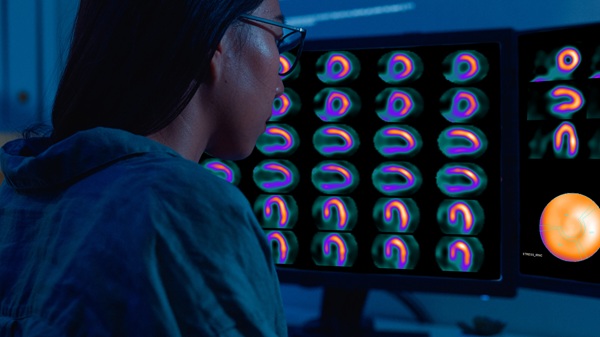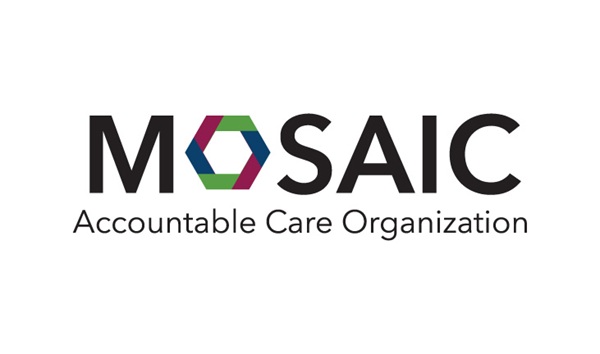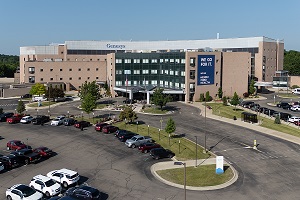Robotic Ultrasound Has Added Benefit in Removing Kidney Cancers
DETROIT – While the use of ultrasound to identify tumors during kidney cancer surgery is gaining acceptance, a research team at Henry Ford Hospital has successfully taken it a step further by showing an added benefit when the procedure is done robotically.
Simply put, the kidney surgeon who performs the ultrasound robotically has direct control over the painstaking procedure instead of having to rely on an assistant for part of the task.
The researchers compared the robotic ultrasound probe to the same procedure using a laparoscopic ultrasound probe, which requires an assistant to guide the ultrasound probe for the surgeon. At the end of the study, the researchers found comparable results between the two methods.
The paper has been accepted by the Journal of Endourology.
“Besides giving the surgeon autonomy, the robotic ultrasound probe is more easily manipulated than the laparoscopic probe when measuring the tumor from certain angles,” said Craig Rogers, M.D., a urologist at Henry Ford Hospital’s Vattikuti Urology Institute and senior author of the study. “This can reduce the need to move the kidney to gain better position.
“While our study showed comparable results from both methods of mapping and measuring kidney cancers, the robotic ultrasound probe enables the precision of a robotic instrument as well as direct surgeon control.”
The surgical procedure studied used in each case studied by the researchers was robotic partial nephrectomy, or RPN, in which only the diseased part of a cancerous kidney is removed by a surgeon-controlled robot instead of traditional open surgery in which the entire kidney is removed.
They collected data from 75 consecutive RPN procedures using a laparoscopic ultrasound probe and 75 consecutive RPNs using a robotic ultrasound probe.
“Both groups had similar tumor characteristics, operating times and other factors, and their outcomes were similar,” Dr. Rogers says. “There was no statistically significant difference in measured variables between groups when controlling for tumor size and complexity. So the robotically controlled ultrasound probe performed on-par with traditional ultrasound, but with the added benefit of direct surgeon control and precision.
All patients in both study groups were found to be cancer-free during follow up examinations at a mean of 25.7 months for the laparoscopic group and 10.2 months for the robotic group.
“We helped pioneer both the development and utilization of this robotic ultrasound probe right here at Henry Ford Hospital” says Dr. Rogers. “This is another advance in technology to help us with minimally invasive cancer surgery.”
Funding Source: Henry Ford Hospital.
.svg?iar=0&hash=F6049510E33E4E6D8196C26CCC0A64A4)

/hfh-logo-main--white.svg?iar=0&hash=ED491CBFADFB7670FAE94559C98D7798)





